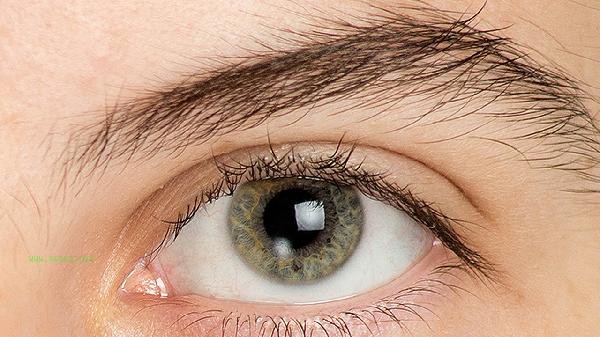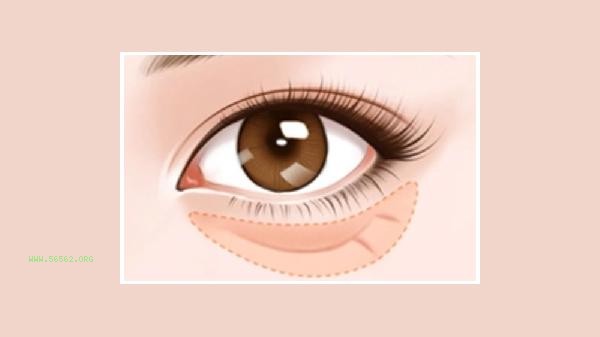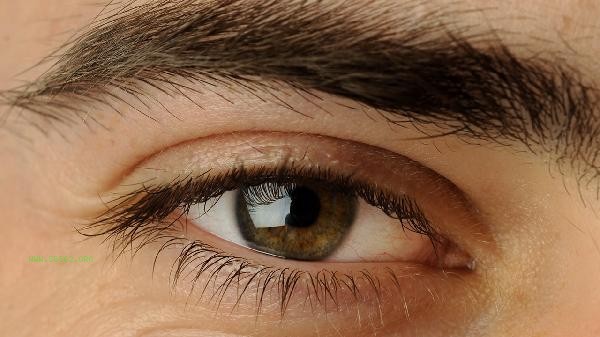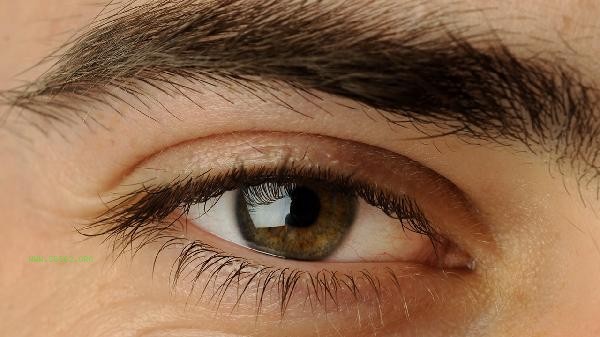In the early stages of HPV infection, there may be no obvious symptoms, and some patients may experience genital warts, abnormal secretions, or contact bleeding. The symptoms of HPV infection mainly include local skin and mucosal lesions, vulvar itching, abnormal vaginal bleeding, urethral meatus vegetation, perianal papules, etc. It is recommended to seek medical examination in a timely manner, clarify the type of infection, and receive standardized treatment.
1. Local skin and mucosal lesions
Low risk HPV infection is common in the genital and perianal areas, initially presenting as small pale red papules that gradually enlarge to form cauliflower like or papillary growths. Mild itching or foreign body sensation may occur in the affected area, but most patients do not experience significant pain. Skin and mucosal lesions are contagious and should be avoided from scratching to prevent spread.
2. External genital itching
HPV infection can cause persistent itching in the external genital area, especially worsening at night. Itching may be accompanied by local skin roughness, thickening, or pigmentation, and some patients may develop secondary infections due to repeated scratching. Keeping the perineum clean and dry can help alleviate symptoms, but excessive washing may damage the skin barrier.
3. Abnormal vaginal bleeding
High risk HPV infection of the cervix may cause non menstrual spotting or post sexual contact bleeding. The amount of bleeding is usually small and intermittent, which can be mistaken for menstrual irregularities. Cervical cytology examination can detect abnormal squamous epithelial cells, and attention should be paid to the risk of cervical precancerous lesions.
4. Urethral warts
The appearance of soft pink warts around the urethral opening is a typical manifestation of HPV infection, and the growths may be single or clustered. During urination, there may be a split stream of urine or a slight burning sensation, but it rarely causes difficulty urinating. Urethral lesions should be differentiated from genital warts to avoid misdiagnosis and delayed treatment.
5. Perianal papules
In the early stage of perianal HPV infection, rice sized flat papules can be seen, with a moist and easily erosive surface. May be accompanied by a feeling of anal heaviness or discomfort during bowel movements, and long-term untreated lesions may develop into cancer. Patients with perianal lesions should also undergo digital rectal examination to rule out the possibility of anal intraepithelial neoplasia. HPV infected individuals should avoid sexual activity to prevent transmission, and strengthening immunity can help clear the virus. Clean the external genitalia daily using mild and non irritating products, choose breathable cotton underwear, and replace it regularly. Pay attention to supplementing antioxidant substances such as vitamin A and vitamin C in diet, and exercise moderately to improve blood circulation. Regular cervical cancer screening is crucial, and individuals with persistent high-risk HPV infection need to undergo TCT and HPV testing every six months. If symptoms worsen or new skin lesions occur, timely follow-up should be sought. Do not use corrosive drugs to treat warts on your own.








Comments (0)
Leave a Comment
No comments yet
Be the first to share your thoughts!